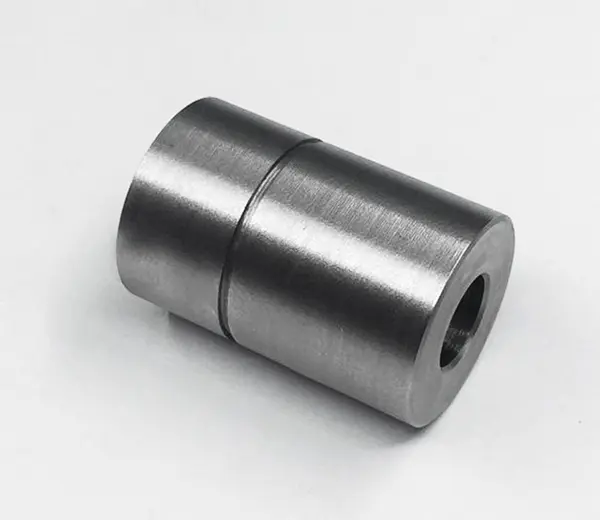
Steel
Offers high tensile strength and malleability. Used in construction, automotive, and manufacturing for structural components and tools.
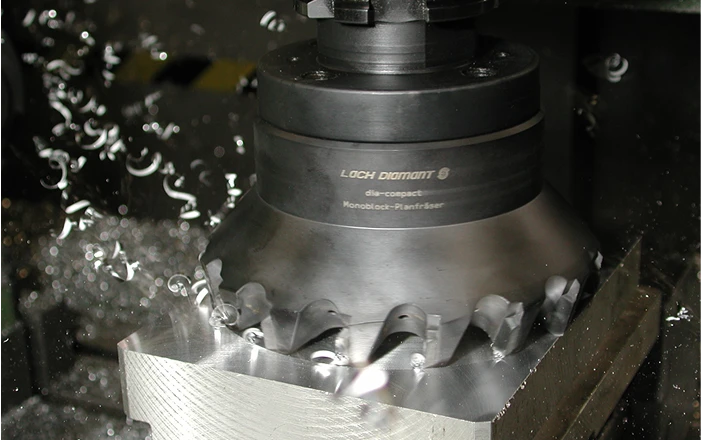
The milling cutter moves horizontally on the workpiece surface to create a high-precision smooth surface.
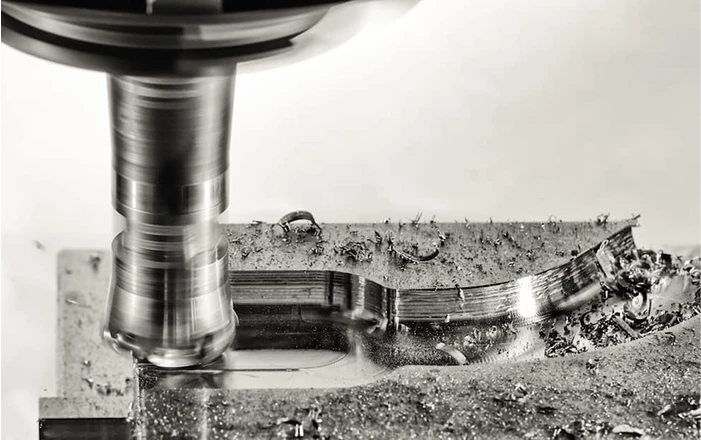
Processing part contours, such as mold shells, product shapes, etc.
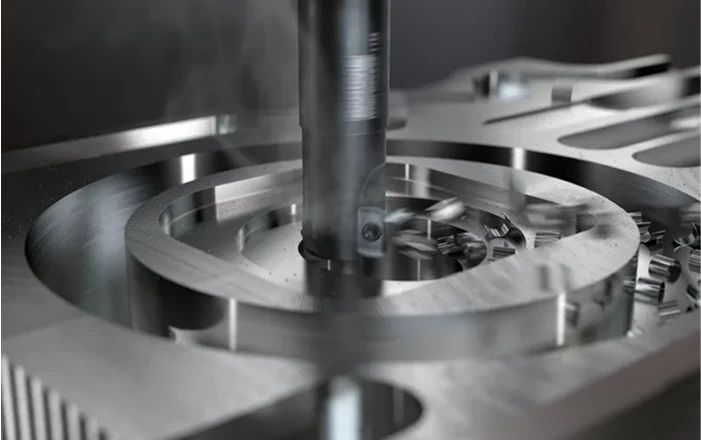
Also known as cavity milling, it processes closed or semi-closed grooves, such as the cavity structure inside the mold.
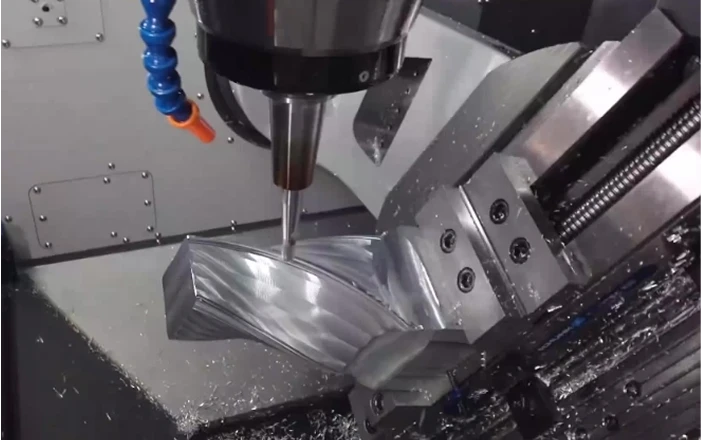
Processing complex surfaces, such as ship engine blades and large screws.
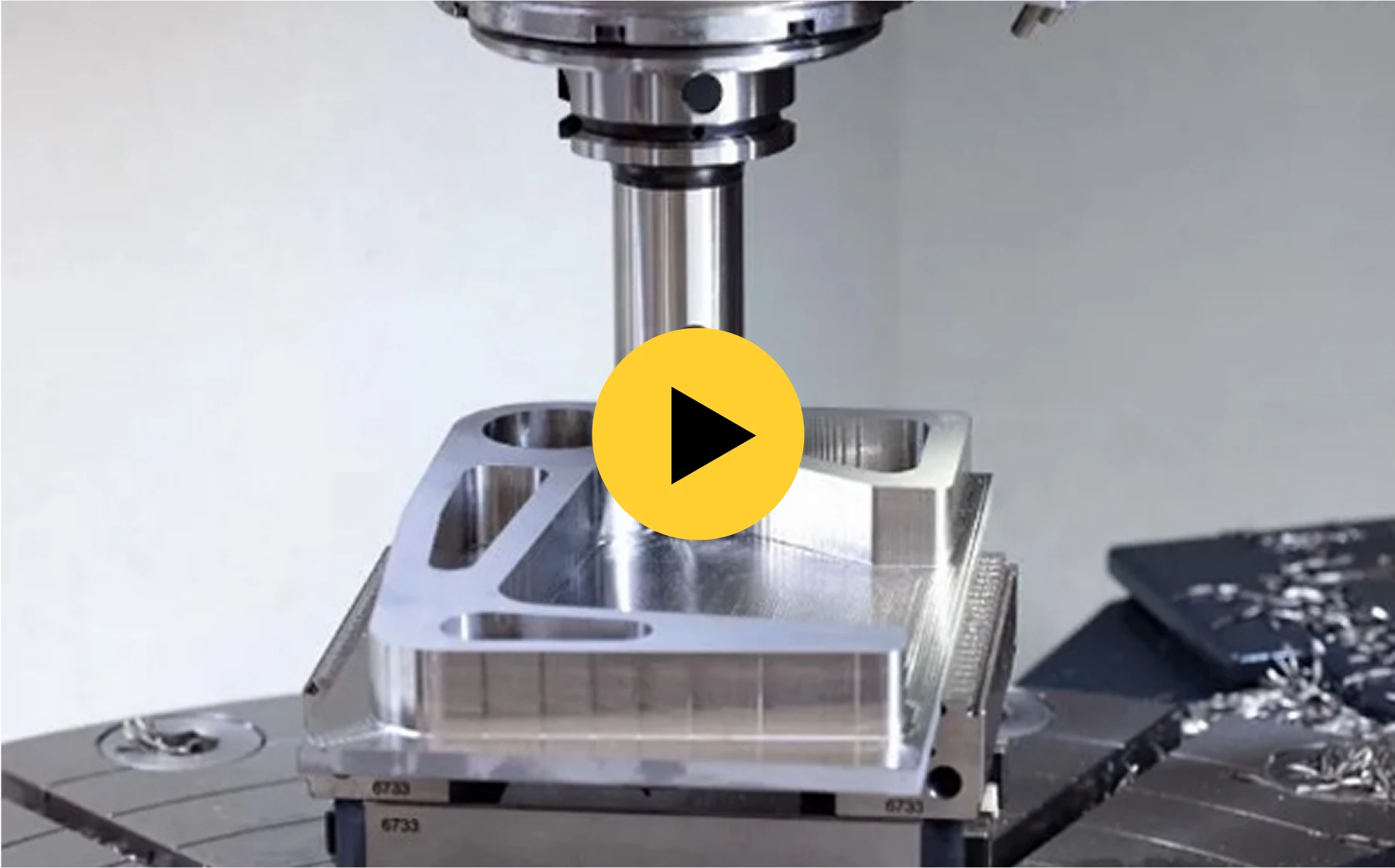
Determine the material and size of the parts to be made. Prepare the raw materials, CNC milling machine and related tools.
Use CAD software to create a 3D model, import it into CAM software, and finally convert it into G-code that can be executed by the CNC machine.
Adjust the appropriate fixture size to secure the base material (workpiece) to be milled, and install the appropriate milling tool on the lathe.
The operator activates and operates the milling tool to complete the milling of the base material, removing excess material and shaping the part.
From this point on, our CNC milling is complete, and we will then carry out finishing and post-processing on the finished part.
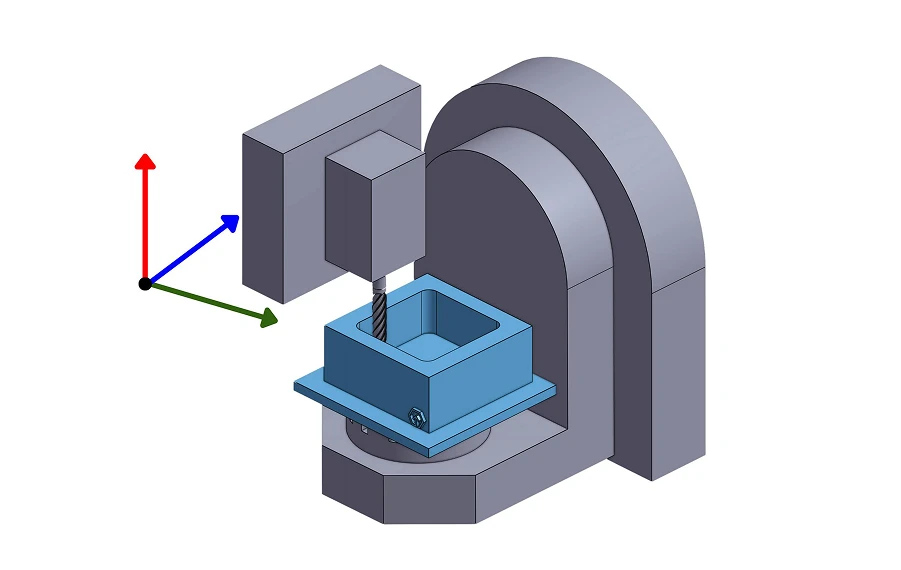
If the parts are simple and the precision requirements are not high, three-axis milling can be completed, and the cost of three-axis milling will be very low.
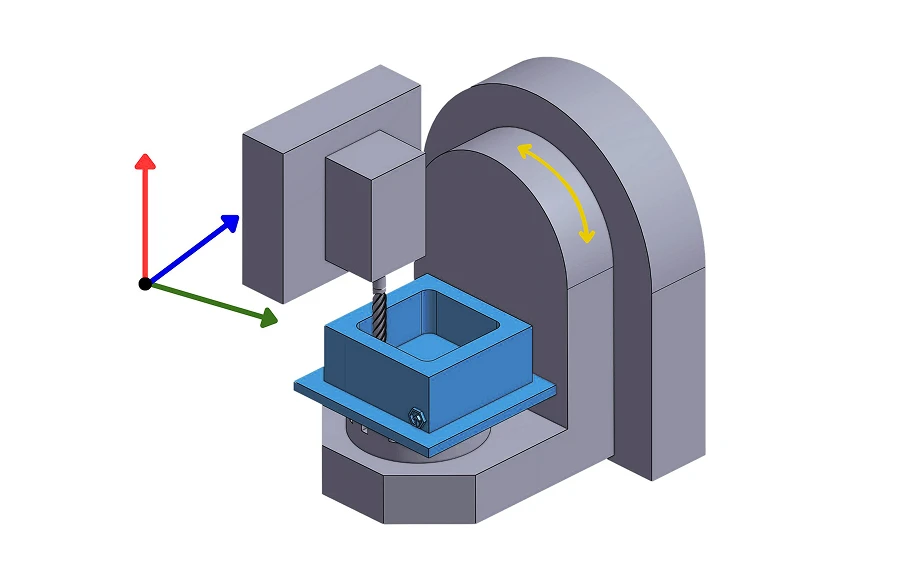
For slightly more complex parts, we will use four-axis milling, which often takes into account both price and complexity.
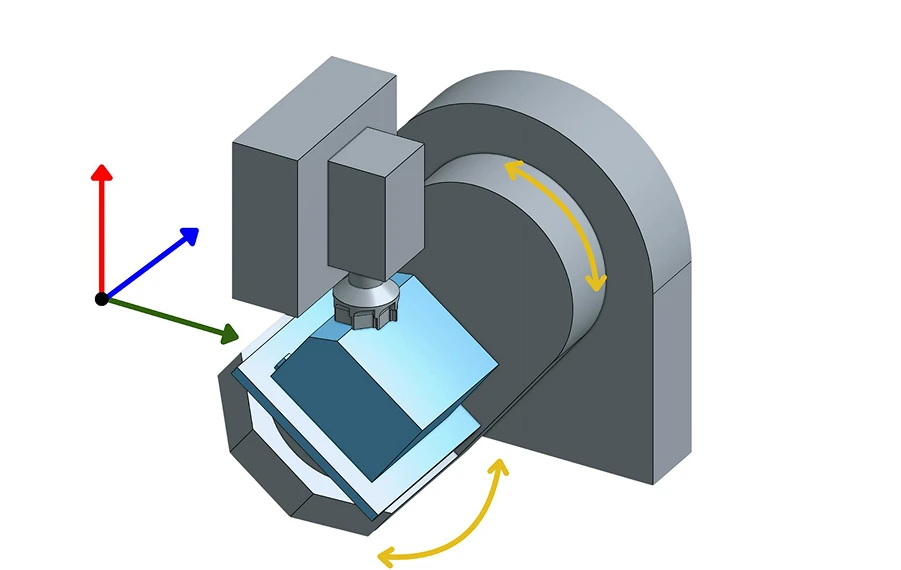
We use five-axis milling for high-complexity and high-precision parts. Five-axis milling has higher precision and complexity, of course, the price will also be higher.

Offers high tensile strength and malleability. Used in construction, automotive, and manufacturing for structural components and tools.
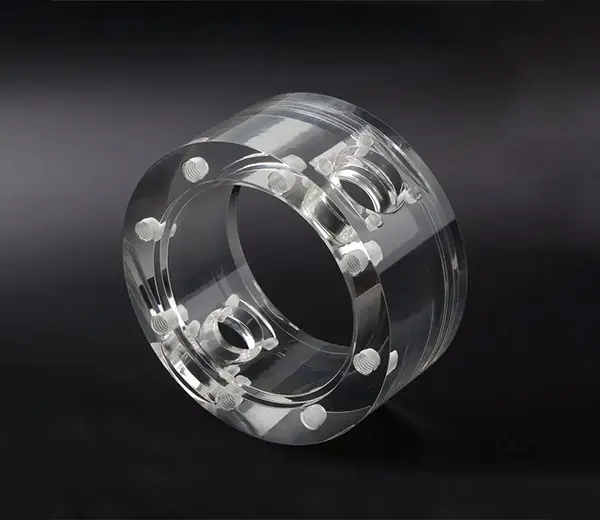
Known for its exceptional impact resistance and transparency. Used in eyewear, automotive parts, and durable plastic products.
| Maximum part size | 4000x1500x600mm |
|---|---|
| Minimum part size | 5x5x5mm |
| General Tolerances | ±0.01mm |
| Delivery time |
Small orders: 1 to 5 working days Large orders: 7 to 15 working days |
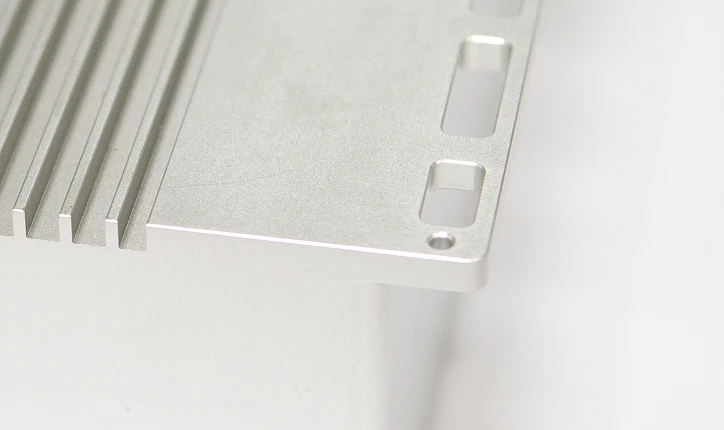
The original machining tool marks on the surface of the part are retained without any treatment.
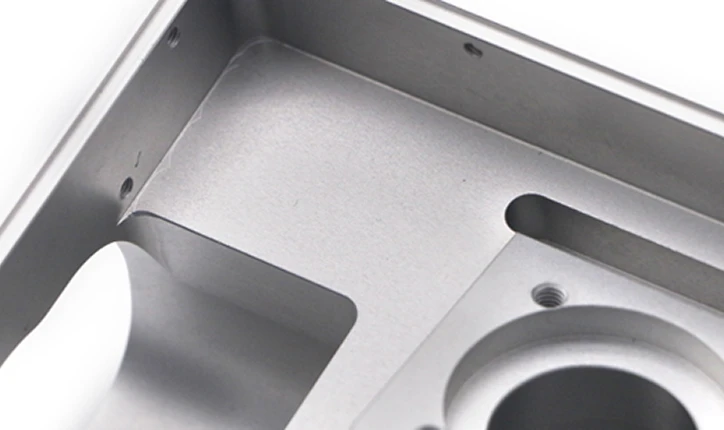
Removes knife marks and improves surface smoothness.
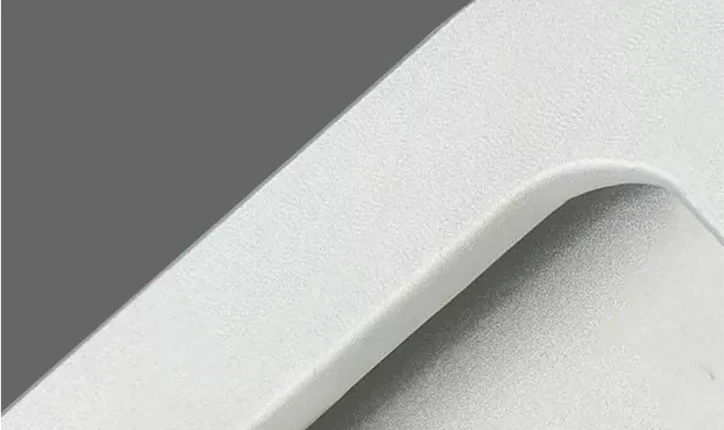
Creates a matte finish and increases surface roughness, which aids in subsequent painting or bonding.
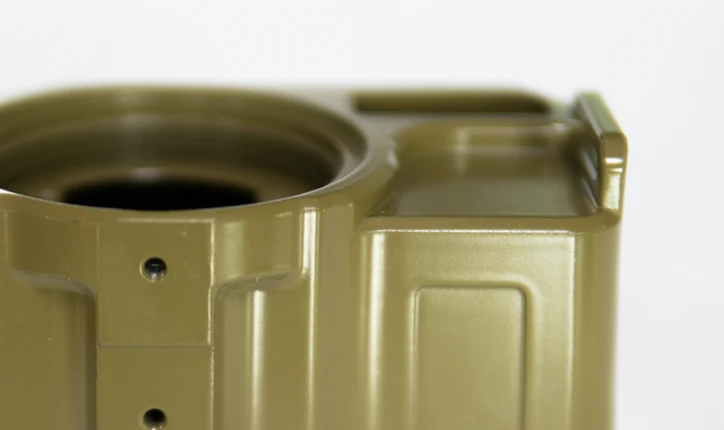
Adding a paint layer provides a protective layer against corrosion while meeting aesthetic requirements.
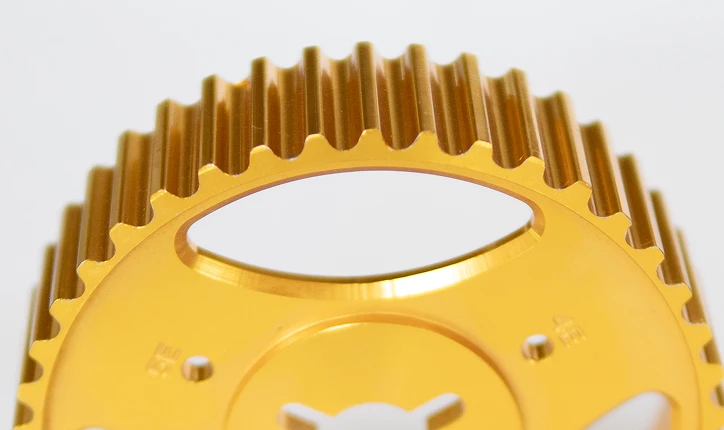
Forms a dense oxide film on the surface in customizable colors.
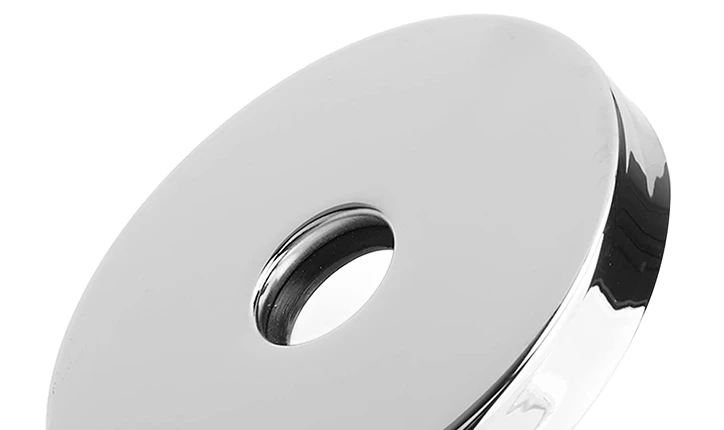
Deposits metal layers on the surface of the part, which can be plated with gold, silver, nickel, tin, chromium and zinc.
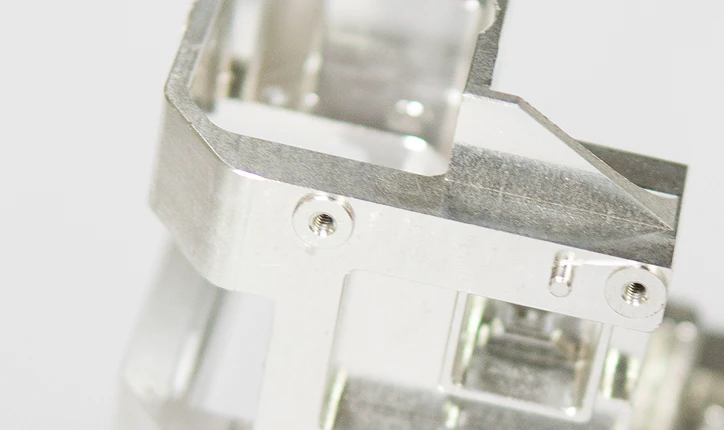
Deposits metal layers on the surface of the part, which can be plated with gold, silver, nickel, tin, chromium and zinc.
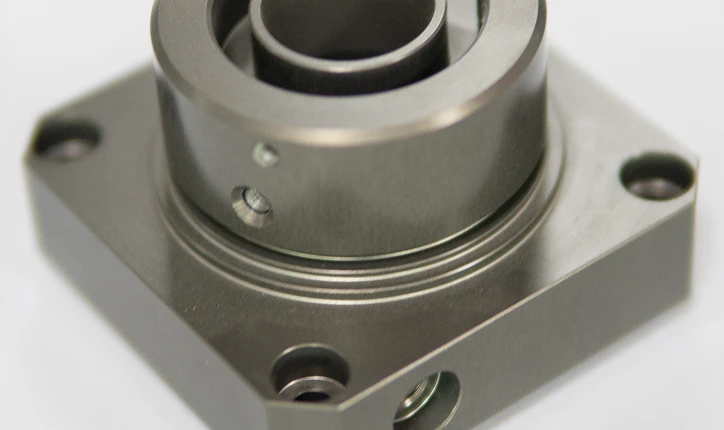
Equivalent to a metal surface coated with a resin paint.
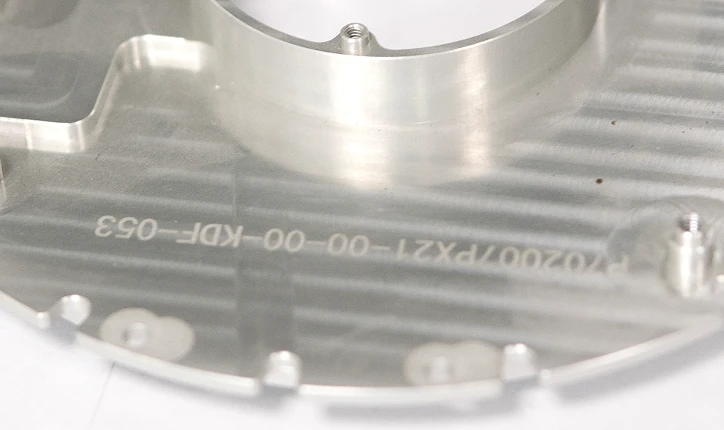
Quick low-level version of this logo and other information.